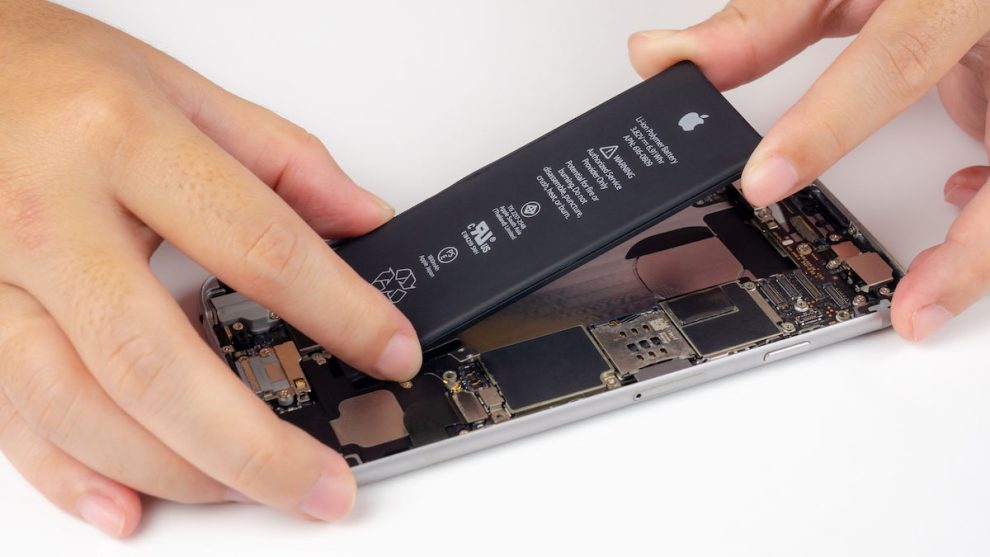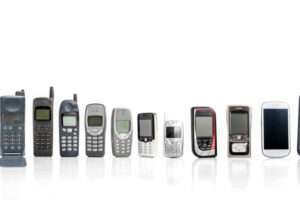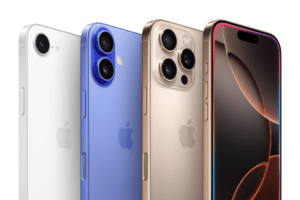Apple has confirmed the implementation of a new “electrically induced adhesive debonding” technology in its latest iPhone 16 and iPhone 16 Plus models. This innovative approach promises to make battery replacements faster, safer, and more accessible for both professionals and consumers alike.
A New Era of iPhone Battery Replacement
As the bustling crowds at Apple’s flagship store in San Francisco eagerly explored the new iPhone 16 lineup, I caught up with Sarah Chen, a repair specialist who had just completed her first battery replacement on the new device.
“It’s like night and day,” Chen exclaimed, her eyes lighting up with excitement. “What used to be a delicate, time-consuming process is now as simple as applying a small electrical current. It’s a game-changer for the repair industry.”
The Science Behind the Innovation
Apple’s new technology relies on an ionic liquid adhesive that responds to low-voltage electrical currents. When activated, this current causes the adhesive to release its grip, allowing for easy removal of the battery from its enclosure.
Dr. Michael Lee, a materials scientist from Stanford University, explained the significance of this development. This is a prime example of how cutting-edge materials science can solve everyday problems,” he noted. “It’s not just about making phones thinner or faster anymore; it’s about making them more sustainable and user-friendly.”
iPhone 16 vs. iPhone 16 Pro

Interestingly, Apple has chosen to implement this new adhesive technology only in the iPhone 16 and iPhone 16 Plus models. The Pro versions, known for their advanced features, still rely on traditional methods for securing their batteries.
“It’s a curious decision,” remarked tech analyst Lisa Wong. Perhaps Apple is using the standard models as a testbed before rolling out the technology across their entire lineup. Either way, it’s a step in the right direction for repairability.”
This latest innovation builds upon Apple’s recent efforts to improve the repairability of its devices. The iPhone 15’s redesigned internal chassis, for instance, made it easier to access the battery by simplifying back panel removal.
John Smith, a long-time iPhone user attending the launch event, shared his thoughts: “I’ve always been hesitant to attempt repairs on my own devices. But hearing about these changes, I might just give it a try next time my battery needs replacing.
Bigger and Better Battery Sizes
In addition to the new adhesive technology, regulatory information from Brazilian authority Anatel has revealed significant increases in battery capacity across the iPhone 16 lineup:
– iPhone 16: 3561mAh (up 6.34%)
– iPhone 16 Plus: 4674mAh (up 6.65%)
– iPhone 16 Pro: 3582mAh (up 9.40%)
– iPhone 16 Pro Max: 4685mAh (up 5.95%)
The iPhone 16 Pro sees the most substantial increase, with nearly a 10% larger battery compared to its predecessor. However, the real-world impact of these larger batteries remains to be seen, especially with the introduction of more power-hungry AI features in iOS.
As news of Apple’s innovation spreads, other smartphone manufacturers are taking notice. This could set a new standard for the industry,” predicted Emma Rodriguez, CEO of a prominent electronics recycling firm. We might be looking at the beginning of a new era of easily replaceable smartphone batteries.
The move also aligns with growing consumer demand for more repairable devices and global efforts to reduce electronic waste. Environmental activist Tom Johnson praised the development: “Every step towards easier repairs is a step towards a more sustainable tech industry. Apple’s influence could drive significant change across the board.”
As the sun sets on another groundbreaking iPhone launch day, the implications of Apple’s new battery adhesive technology continue to ripple through the tech world. While it’s too early to declare the return of user-replaceable batteries, this innovation undoubtedly paves the way for a more repair-friendly future.
For now, repair specialists, environmentalists, and tech enthusiasts alike wait with bated breath to see how this technology performs in the real world – and whether it will indeed usher in a new era of sustainable smartphone design.
















Add Comment